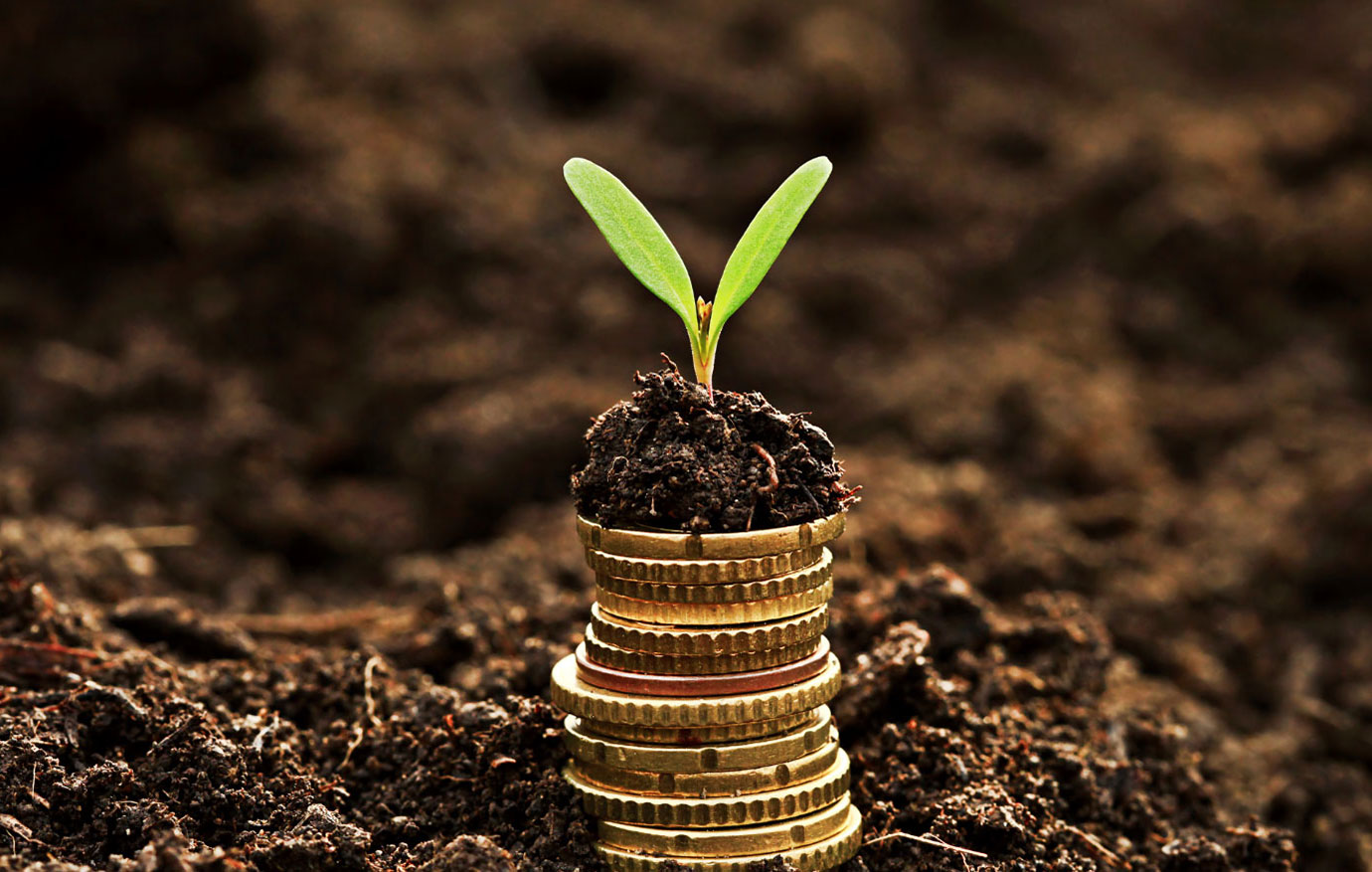
THE Philippines is unlikely to have an operational nuclear power plant over the next decade despite the government’s move to revive the sector and increasing calls to shun the use of coal, according to Fitch Solutions Country Risk and Industry Research.
In July, President Rodrigo R. Duterte issued Executive Order No. 116 which authorized a study on the viability of nuclear energy as a power source.
“(W)e maintain our forecasts that no nuclear capacity will come online in the country over the coming decade, and will only seek to revise it if we see concrete project developments going forward,” Fitch Solutions said in a recent commentary.
It cited high capital costs and safety considerations as the main challenges to the development of the nuclear power in the country.
Nuclear power projects “often face long lead times and a high risk of substantial delays (10 to 15 years),” it added.
“(E)ven if a decision would go through, we remain cautious on factoring in its entry into commercial operations within our forecast period to 2029,” Fitch Solutions said.
The government is also considering restarting the mothballed 621-megawatt Bataan Nuclear Power Plant (BNPP), although some sectors have raised concerns.
“Numerous issues ranging from health, environment, economics, nuclear contamination, as well as the unsolved problem of nuclear waste disposal are grave concerns that should be taken into considerations by our energy officials before we should think of opening the BNPP,” Bayan Muna Party-list Rep. Carlos I. Zarate said in a statement last month.
The Department of Energy (DoE) admitted that before the country can benefit economically from nuclear power generation, it must first address infrastructure gaps and satisfy the 19 requirements prescribed by the International Atomic Energy Agency (IAEA), the global authority in nuclear development.
Energy Secretary Alfonso G. Cusi in August told reporters that the country is almost through with these requirements, although legislative and regulatory frameworks have yet to be passed. Six measures on nuclear power are pending in different House committees, while a counterpart bill in the Senate has not been filed.
The DoE is pushing for the development of nuclear power to augment the country’s energy supply and help protect consumers from traditional power price volatilities.
Fitch Solutions recognized nuclear power as “an effective solution to meet the country’s rising power demands over the coming decade, due to its high capacity factors as a baseload resource.”
It projected a 4.6% annual average increase in power consumption between 2020 and 2029, driven by strong macroeconomic and demographic growth and the goal to reach 100% total electrification by 2022.
The interagency body tasked to assess the viability of nuclear energy hopes the government can adopt a national position on the power source to be included in the generation mix by yearend, according to Mr. Cusi.
Meanwhile, coal will still dominate the Philippines’ power generation mix over the next decade, increasing its share to 60.2% from 54.6% in 2019, as it remains to be “the cheaper and more reliable option” to meet the surge in power demand, according to Fitch Solutions.
It also noted the latest revision of the Philippines Energy Plan still focused on coal expansion. The DoE is still updating the country’s energy blueprint, which seeks to add more than 40,000 megawatts of power by 2040.
“Renewables have also faced many headwinds in development, and we do not expect a substantial ramp up in this regard. As such, we expect the Philippines’ power mix to remain dominated by coal over the coming decade…. However, should nuclear power be reintroduced, coal will likely be the first generation type to face cuts, due to the increasing structural risks and ongoing public oppositions,” Fitch Solutions said.
In June, the House Climate Change Committee passed a resolution seeking to ban new coal plants. Big local power companies like Ayala-led AC Energy, Inc. and Manila Electric Co. (Meralco) also vowed to gradually turn away from coal power generation.
Earlier this year, about 42 faith-based groups around the world expressed their intention to withdraw $1.4 billion in fossil fuel investments. — Adam J. Ang
